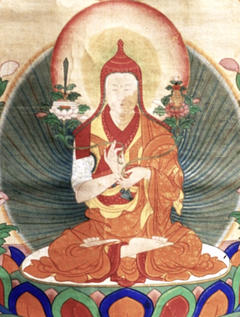Rinchen Terdzö Series
English (160) | Deutsch (23) | Español (32) | Français (34) | Português (3) | Italiano (4) | Nederlands (2) | 中文 (14) | བོད་ཡིག (160)
Texts belonging to (and related to) the Rinchen Terdzö (rin chen gter mdzod) or Precious Treasury of Revelations, one of the five treasuries of Jamgön Kongtrul Lodrö Thayé (1813–1899). Note that the volume numbers below correspond to the Shechen Publications edition (2007–2008):
